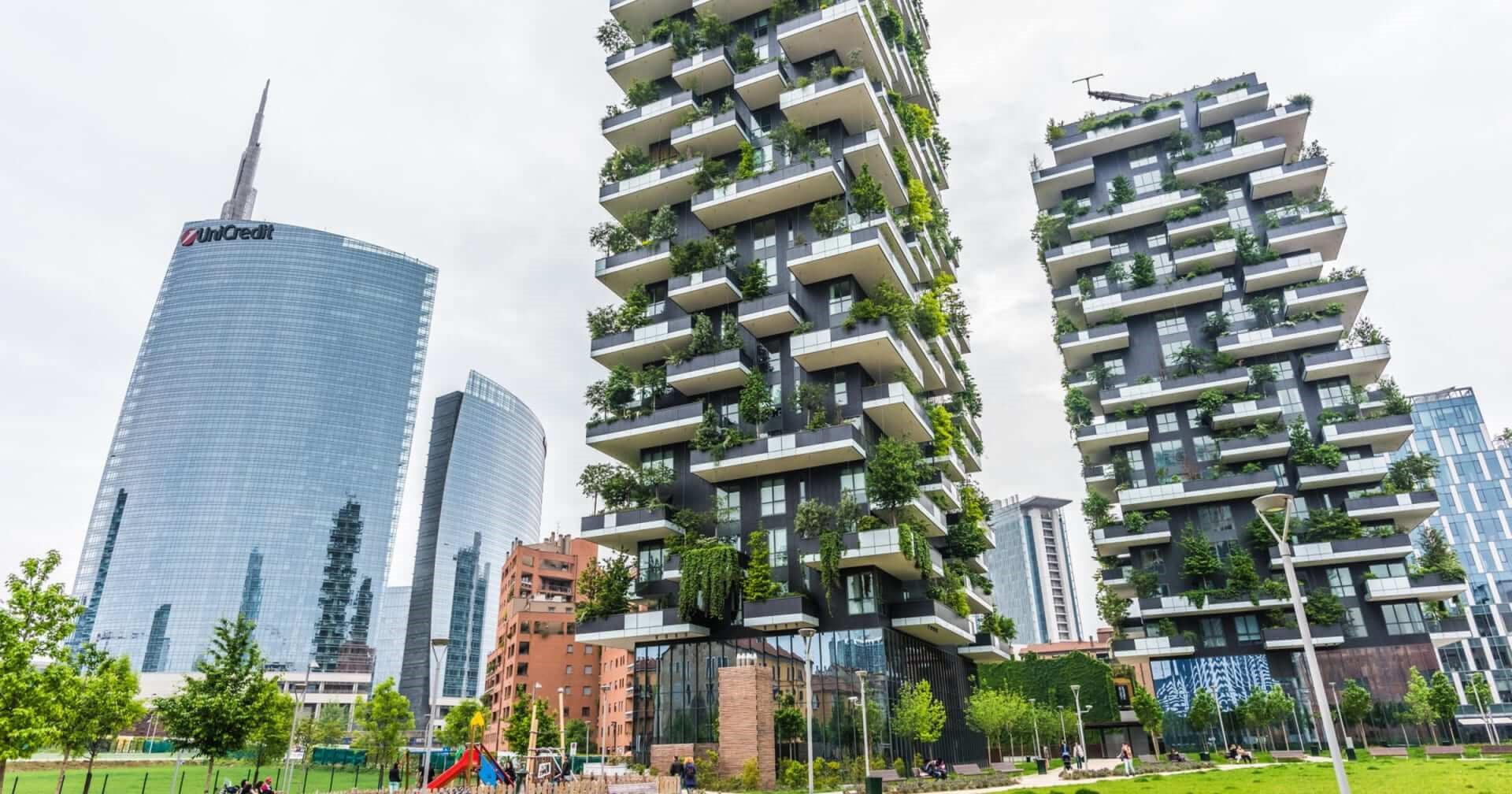

According to the United Nations Environment Programme report, the buildings and construction industry stands out as the leading contributor to greenhouse gas emissions, representing a remarkable 37 per cent of the global total. The manufacturing and utilisation of key materials like cement, steel, and aluminium play a substantial role in this carbon footprint. However, this fact also underscores the possibility of positive change, which may surprise some. Those aiming for net-zero buildings must tackle energy efficiency issues and integrate smart building technologies. Importantly, these solutions are not just futuristic concepts; they are already accessible and ready for implementation.

Over time, the focus of the sector's advancements has revolved mainly around mitigating the "operational" carbon emissions associated with building activities, including heating, cooling, and lighting. Forecasts indicate a promising shift, with operational emissions anticipated to decrease from 75 per cent to 50 per cent of the sector's overall emissions in the forthcoming decades. By 2050, approximately half of the current building stock is projected to remain in operation. Since newer constructions generally exhibit higher energy efficiency, their contribution to overall emissions is expected to be lower. Consequently, initiatives aimed at decarbonisation should prioritise the renovation of existing buildings.
Manish Kumar, the Executive Vice-President of the Digital Energy Division at Schneider Electric, said, “Technology already exists that manages flexible energy demand and makes progress towards net zero, but action needs to happen at least three times faster than now. If decision-makers fail to act soon, existing buildings will face financial risk. Failing to decarbonise buildings rapidly could result in stranded assets that lose value and are unattractive to both investors and tenants.”
The French multinational company Schneider Electric, a specialist in digital automation and energy management, advocates a three-step net zero strategy: strategise, digitise, decarbonise. Manish Kumar stated,” You should think holistically at the portfolio level and consider the building type — whether it’s an office, data centre, logistics centre or hotel — they’re all different. Setting up the right strategy will help evaluate your course of action. Renovation via digital technologies is not only less disruptive to daily operations but also more effective from a life-cycle carbon perspective.”
Embracing digitalisation enhances the visibility of energy usage and elevates efficiency, paving the way to eliminate unnecessary waste.
Kumar reveals, “Our recent research proves that a technology-first approach, with modern digital building and power management solutions, is the fastest way to begin decarbonising. Installing these in existing office buildings can reduce operational carbon emissions by up to 42 per cent and, in many cases, pays for itself in less than three years. By heating with electric alternatives instead of fossil fuels and by connecting the building to a local renewable energy microgrid, organisations can cut emissions by a further 28 per cent. All-electric, all-digital buildings could reduce operational carbon emissions by up to 70 per cent."
One meaningful step on the net-zero path is using on-site renewable energy sources instead of grid electricity based on fossil fuels. Microgrids, for example, improve grid resilience by mitigating disturbances. If the main grid goes down, they provide reliable power within buildings.
Buildings can become dynamic energy generators, monetising energy through load flexibility. In the future, centralised power plants on the grid will be augmented by millions of building-based energy generators, securing greater stability. Accounting for over a third of global emissions, buildings are a priority if companies and societies want to decarbonise. And, with the urgency to reduce operational emissions by 5 per cent annually until 2050, this calls for swift action. Already, a wide range of technologies can optimise buildings’ efficiency and, in turn, minimise their environmental impact. The decisive step in your decarbonisation journey is selecting the right partner.
(Source: Schneider Electric)
In the dynamic landscape of the smart building industry, aluminium emerges as a pivotal element, leveraging its inherent recyclability and widespread acceptance as a primary material in contemporary construction. To delve into the extensive applications of aluminium within the realm of smart buildings, we invite you to explore the comprehensive insights presented in AL Circle's e-Magazine titled "Aluminium - Revolutionizing the Construction Sector." This publication illuminates aluminium's transformative role in shaping the future of construction, offering a rich source of information for industry professionals and enthusiasts alike.
Responses








